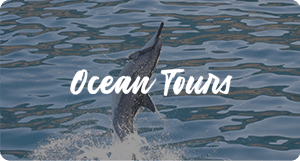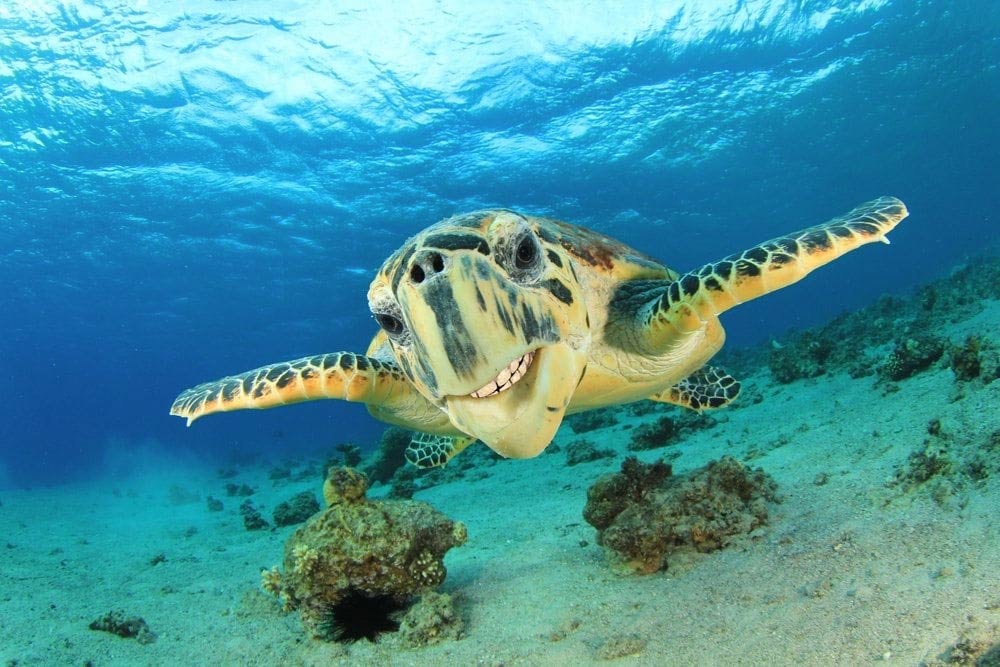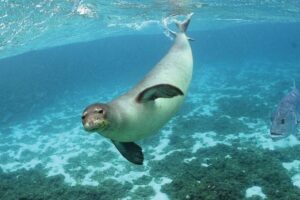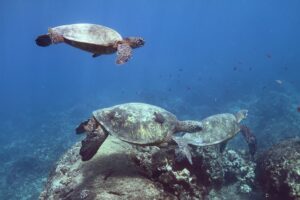Short Answer: Unlike most reptiles, sea turtles do not have teeth in their mouths.
Sea turtles are fascinating creatures that have evolved over millions of years to survive in their marine environments. One unique characteristic that sets them apart from many other animals is their lack of teeth. Instead, their jaws are adapted for a specialized diet that primarily consists of sea vegetation, invertebrates, and occasionally some types of jellyfish.
Sea turtles are mainly herbivorous, and their diet primarily revolves around sea grasses and algae. They use their sharp, beak-like jaws to grasp and tear the vegetation. Green sea turtles, for example, are known to be predominantly herbivores and play a crucial role in maintaining the health of sea grass beds. By consuming the sea grass, they help to control its growth and promote new growth, ensuring a balanced ecosystem.
While many sea turtles are herbivores, some species have a more varied diet. For instance, loggerhead turtles have powerful jaws that enable them to consume hard-shelled prey like crabs, mollusks, and other invertebrates. Hawksbill turtles are known for their unique pointed beak, which allows them to pick and scrape sponges off the reefs. These sponges constitute a significant portion of their diet.
Leatherback sea turtles, the largest of all sea turtle species, have a slightly different diet than their herbivorous counterparts. Instead of having a sharp beak, their mouths are lined with papillae, which help them catch and consume soft-bodied prey such as jellyfish. This adaptation is particularly suited for their diet, as jellyfish are abundant in the open ocean where leatherbacks roam.
Despite their varying diets, sea turtles share the importance of maintaining healthy ocean ecosystems. Unfortunately, many sea turtle populations face threats from human activities, such as habitat destruction, pollution, and accidental capture in fishing gear. Conservation efforts are essential to ensure the survival of these magnificent creatures and the balance of marine ecosystems they contribute to.
In conclusion, sea turtles have adapted remarkably well to their marine environments, and their lack of teeth is just one of the many unique aspects of their biology. From herbivorous green sea turtles to carnivorous loggerheads and sponge-eating hawksbills, each species has evolved specific dietary preferences to thrive in their respective habitats. Preserving these ancient reptiles and their habitats is crucial for maintaining the delicate balance of the ocean’s ecosystems and ensuring that future generations can continue to marvel at the wonder of sea turtles in all their glory.

Here is a list of some of the foods green sea turtles commonly eat:
- Sea Grasses: Green sea turtles are known to be important grazers of sea grass beds. They feed on various species of sea grasses, including turtle grass (Thalassia species), manatee grass (Syringodium species), and shoal grass (Halodule species).
- Algae: Green sea turtles consume different types of algae found in their habitat. These can include macroalgae, microalgae, and seaweeds.
- Seagrass Wrack: Besides directly feeding on live sea grass, green sea turtles may also eat the decaying plant material that washes ashore, known as seagrass wrack.
- Algae Mats: Some green sea turtles may feed on algae mats that accumulate on the surface of the water or on underwater structures.
- Seagrass Seeds: In addition to consuming the leaves and stems of sea grass, green sea turtles may eat the seeds produced by the plants.
It’s important to note that while green sea turtles are primarily herbivorous, their diet may vary slightly depending on their location and availability of food. Juvenile green sea turtles have been observed to have a more omnivorous diet, incorporating some animal matter into their meals. However, as they mature, they tend to shift towards a predominantly herbivorous diet.












